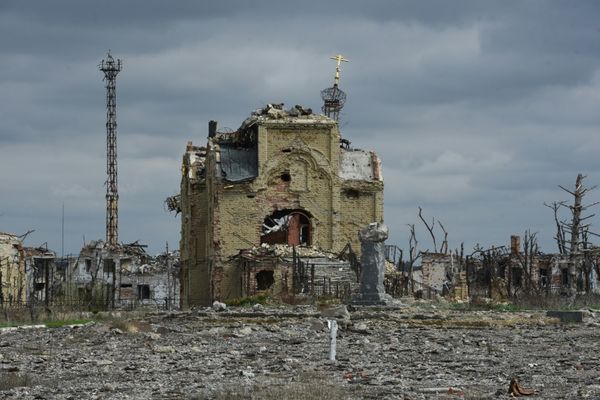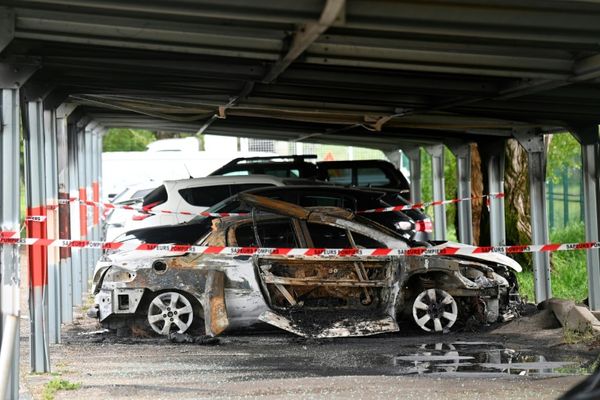
Germany goes to the polls on 23 February for a snap federal election that, barring mishaps, will set the course of the EU’s largest and most influential member state, and the eurozone’s biggest – if faltering – economy, for the next four years.
Here is a guide to what is at stake, how the system works, who the main players are and what may be the eventual outcome.
What is the story and why does it matter?
The three-way “traffic-light” coalition of Social Democrats (SPD), Free Democrats (FDP) and Greens ruling Germany since 2021 collapsed in November under the weight of its own ideological contradictions and the country’s economic and security challenges.
The outgoing Social Democrat chancellor, Olaf Scholz, fired his liberal finance minister, Christian Lindner, over a bitter months-long budget dispute, then called a confidence vote in parliament deliberately in order to lose it – which he duly did.
Whoever becomes chancellor will have to tackle an economy beset by high energy and labour costs, stifling bureaucracy, crumbling infrastructure and an economy that has shrunk for two consecutive years for the first time in decades.
The slowdown with trade partner China has dealt a blow to German exports, a traditional strength, while the key car industry has been slow to develop attractive electric vehicles (EVs) and now faces the threat of US tariffs under Donald Trump.
Optimists say the vote could give Germany a vital shot at investment, modernisation and renewal. Pessimists say the problems are so structural and expectations so high that the middle-of-the-road coalition that will probably emerge is doomed to disappoint.
Who are the key players and what have they promised?
The Christian Democratic Union (CDU) frontrunners, led by wealthy former asset manager Friedrich Merz, are proposing to cut taxes, tighten welfare eligibility, slash immigration, process asylum claims abroad, and boost aid to Ukraine.
The far-right Alternative für Deutschland (AfD) has endorsed the concept of “re-migration”, threatening the mass deportation of migrants. It also pledges a return to the deutschmark, military conscription, and sweeping education reforms.
Scholz’s SPD aims to support low-income families by cutting VAT on food and tax for low earners and raising the minimum wage. It also aims to curb immigration and proposes a €100bn infrastructure investment fund, but is more cautious on Ukraine. Scholz has refused to send long-range Taurus missiles to Kyiv, defending the decision as a “prudent” anti-escalation measure.
The Greens have announced plans for a “billionaire tax” to help poorer households through the green transition. They are also in favour of increasing the minimum wage and are pushing for incentives to speed up the switch to renewable energy.
Immigration has been a major theme following a series of violent attacks that have fuelled calls for tougher security measures and prompted politicians from several parties to promise a dramatically tougher line, including on asylum requests.
Germany’s “debt brake”, which limits new state borrowing to 0.35% of GDP a year, has also been central. Easing the brake, which the SPD and Greens favour, is seen as vital to boost defence spending and much-needed public investment.
It was the liberal FDP’s refusal to allow the SPD and Greens to circumvent the mechanism that precipitated the fall of the previous government. Wary of scaring off conservative voters, however, Merz has said little about any plans to reform it.
How does the system work?
Germany has a hybrid election system in which voters cast one ballot for a candidate representing a constituency, and a second for a particular party’s list of candidates in a federal state. Only parties that win 5% of the second vote can enter parliament.
Since the 2021 election produced a bloated Bundestag of 735 seats, one of the largest parliaments in the world, a 2023 law – revised last year after a ruling by the country’s top court – has come into effect limiting the size of the new assembly to 630 seats.
The new system also aims to prioritise proportional representation, so seats will be allocated based on second votes received nationwide. If a party wins proportionally more constituency seats than its share of the national vote, some will be left vacant.
The court rejected a proposed change that it said would have disadvantaged smaller parties, so those that win at least three constituency seats will still be entitled to parliamentary seats according to their national vote even if it falls below 5%.
The combination of the 5% threshold, the three-seat exception, and an unusually fragmented and competitive party landscape, with many smaller parties jostling for position, means the exact makeup of the new Bundestag is particularly uncertain.
What do the polls say and what is the likely outcome?
There seems little doubt the conservative Merz will be Germany’s next chancellor. The CDU and its Bavarian sister party, the Christian Social Union (CSU), have been consistently and comfortably ahead in the polls for months on about 31%, with the AfD second on 20-21%.
There is no apparent route to power for the far-right AfD since all other parties have ruled out working with a party they consider undemocratic.
According to the Guardian’s poll tracker, the SPD are third on about 16% and the Greens fourth on 14%. The “conservative-left” Sahra Wagenknecht Alliance (BSW), FDP and leftwing Die Linke are predicted to score 5%, 4% and 4% respectively.
Depending on whether that trio plus the local associations of Free Voters (FW), who could do well in Bavaria, clear the 5% hurdle or qualify via the three-seat exception, the next assembly could have four parties or eight, the most in modern history.
That makes the distribution of seats in the new parliament very hard to predict. However, most analysts see the most likely outcome being a coalition government including either Scholz’s Social Democrats or the Greens, or maybe both.







